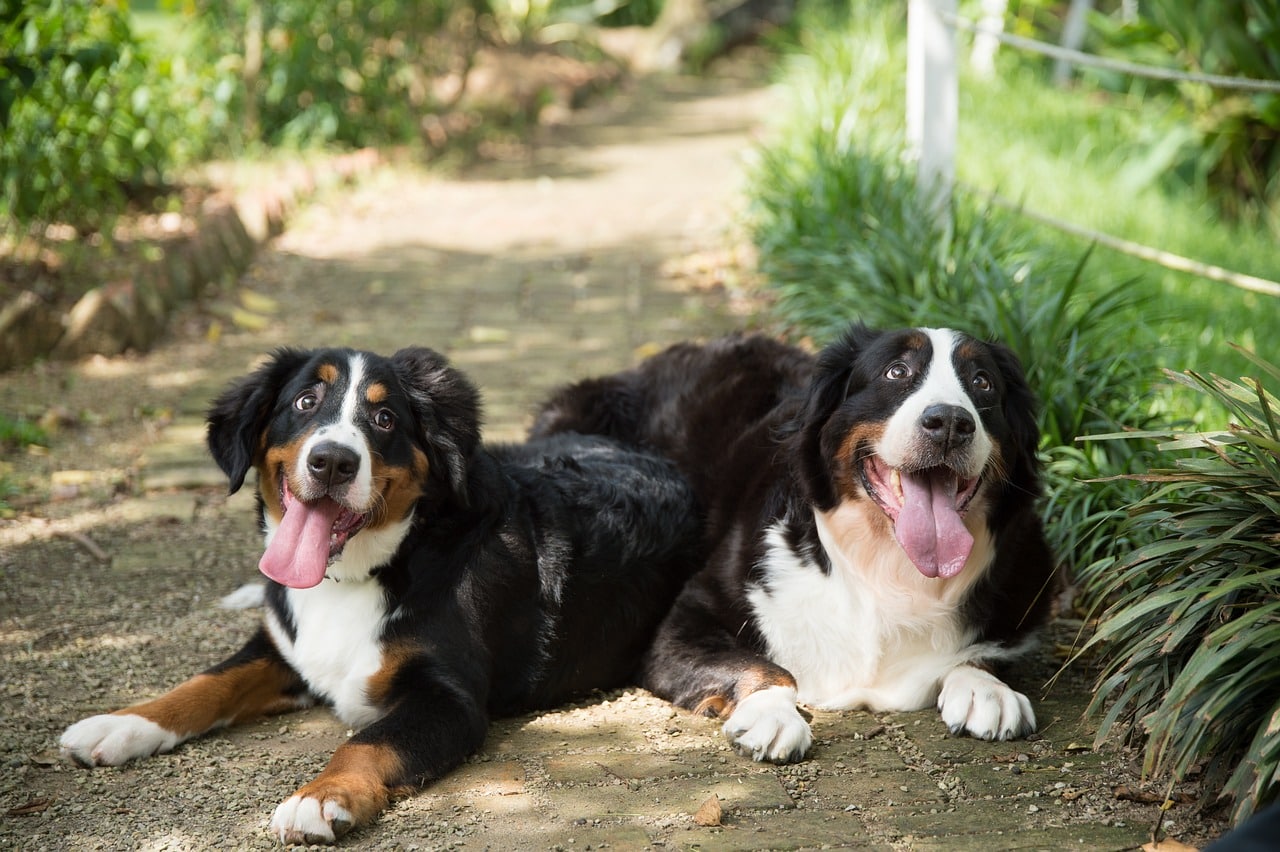 Shutterstock
Shutterstock
Owning a large dog breed comes with both rewards and challenges. These impressive dogs are known for their size, loyalty, and often calm nature, but they also require plenty of space, regular training, and sometimes specialized care to ensure they thrive in a home environment. Whether you’re drawn to their gentle, giant personalities or need a dog for protection or work, large breeds bring a unique presence to any household. With the right care and attention, these dogs can become loyal, devoted companions and cherished family members.
Great Dane
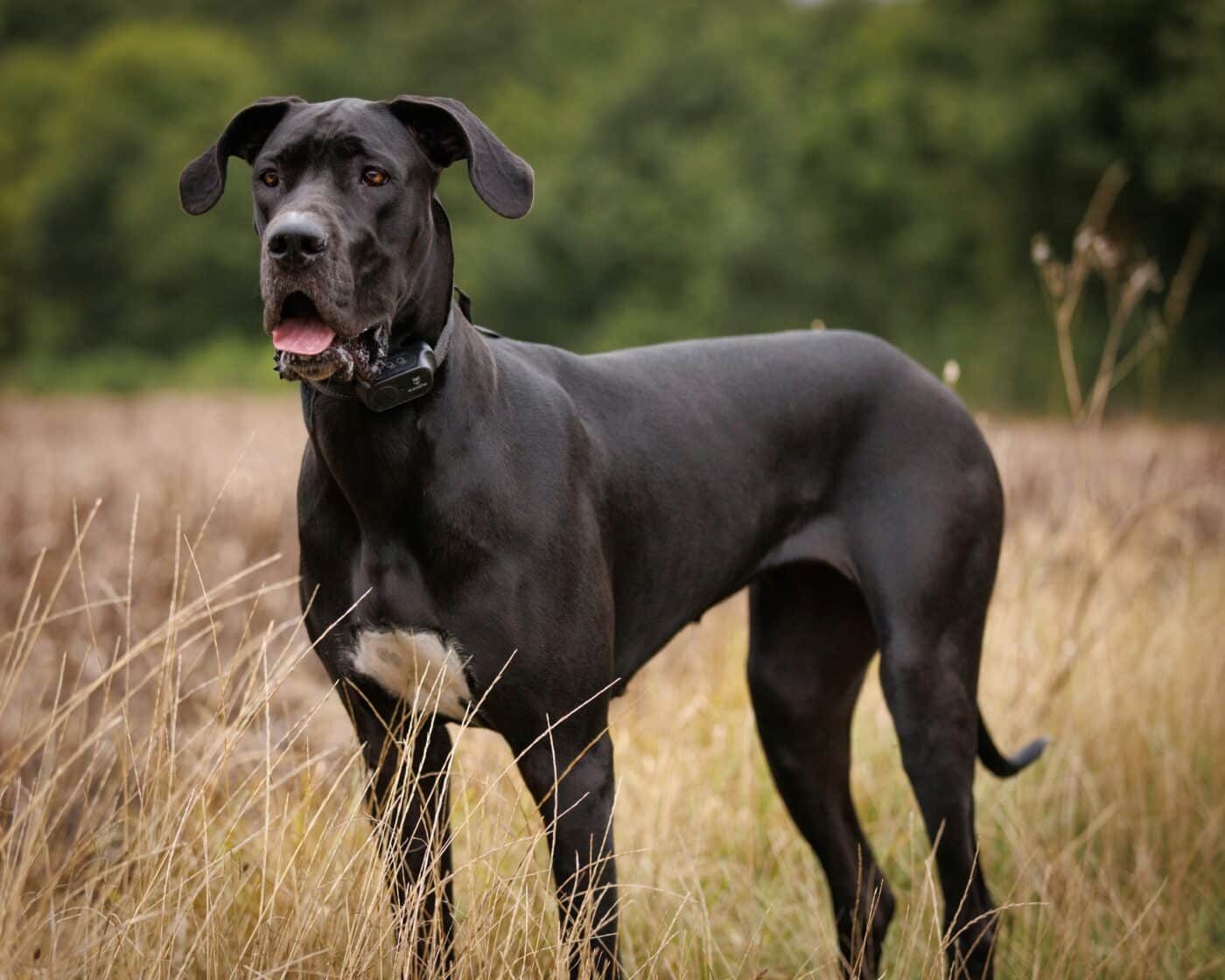 Shutterstock
Shutterstock
The Great Dane is often referred to as the “gentle giant” of the dog world. Known for their towering height, these dogs can stand over 30 inches tall at the shoulder. Despite their size, Great Danes are friendly and sociable, making them excellent companions for families. However, their large size means they require ample space and a sturdy bed to support their joints. It’s crucial to maintain a proper diet to avoid putting excessive strain on their bones and joints. Regular exercise, while not overly intense, helps keep them in good shape without overexerting them.
Saint Bernard
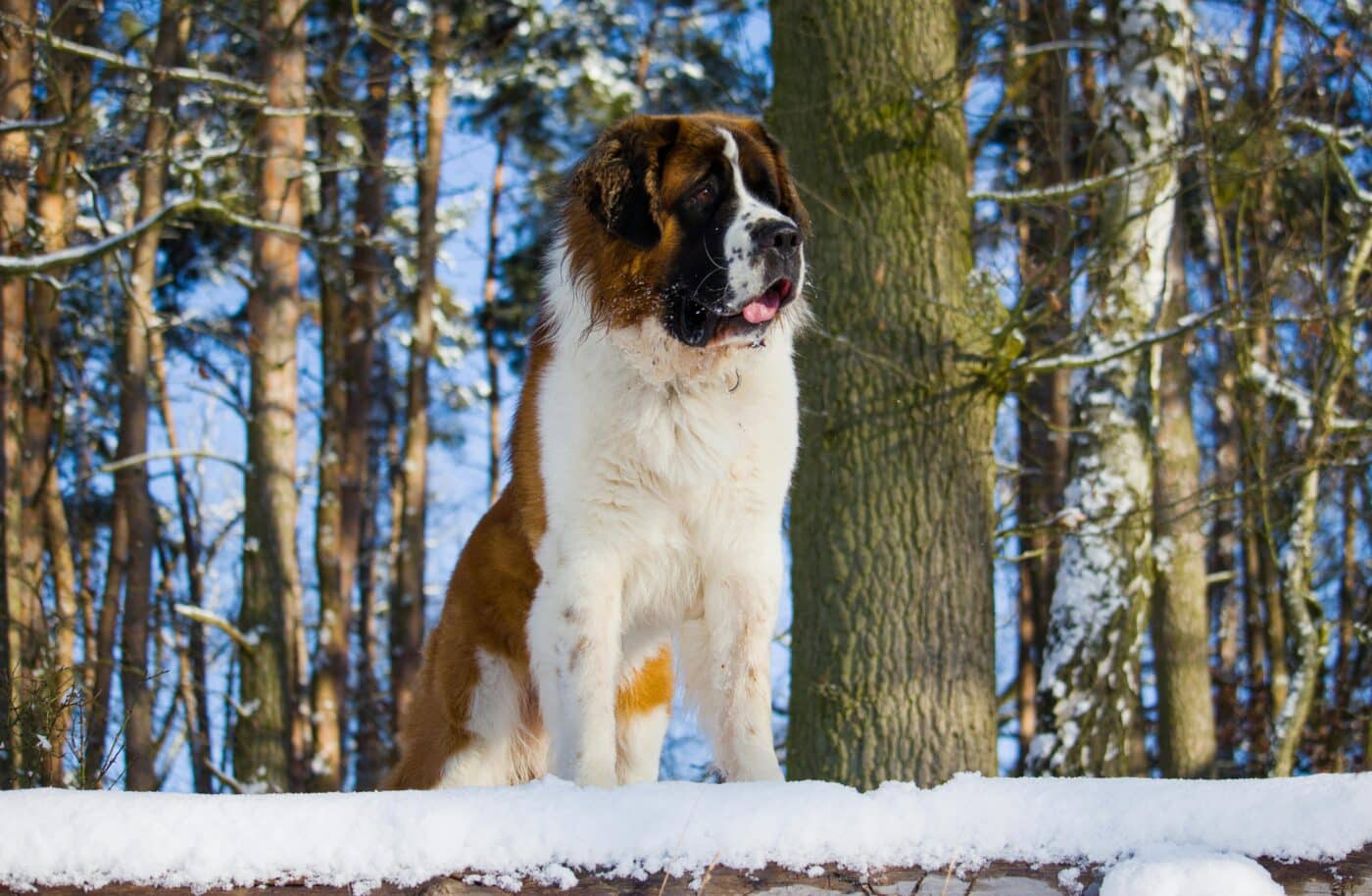 Shutterstock
Shutterstock
Saint Bernards are known for their massive size and sweet, patient temperament. Historically bred for rescue work in the Swiss Alps, these dogs are both strong and dependable. Saint Bernards can weigh up to 180 pounds, so it’s important to provide them with a balanced diet to avoid obesity, which can lead to joint problems. They thrive in colder climates due to their thick coats, so extra care is needed to keep them cool in warmer weather. Training from an early age is essential due to their size, as an untrained Saint Bernard can be difficult to manage.
Newfoundland
 Shutterstock
Shutterstock
Newfoundlands are famous for their swimming ability and strength, making them ideal working dogs for water rescues. These gentle giants are incredibly loyal and affectionate, making them great family pets. However, they can weigh up to 150 pounds and require plenty of grooming due to their thick, water-resistant coat. Regular brushing helps keep their coat healthy and prevents matting. Newfoundlands also need regular exercise, especially swimming, to stay fit. Their calm demeanor makes them great companions for children, but their size means they need a home with plenty of space to move around.
Mastiff
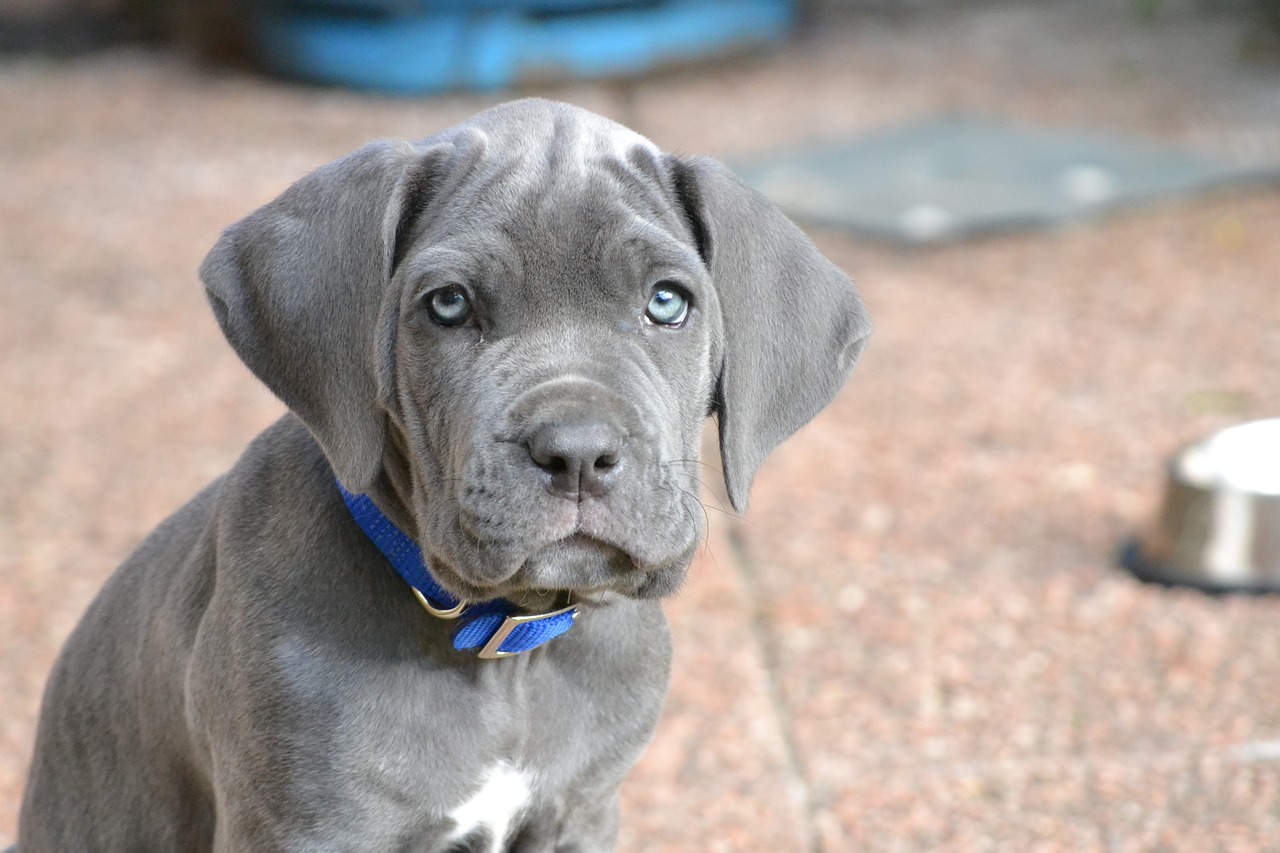 Shutterstock
Shutterstock
Mastiffs are one of the largest dog breeds in terms of weight, with some individuals reaching up to 230 pounds. These dogs are protective, loyal, and typically calm, making them excellent guard dogs and family pets. Despite their size, Mastiffs can be surprisingly sensitive, so positive reinforcement training works best for them. It’s important to monitor their weight carefully, as obesity can lead to serious joint and heart problems. Due to their size, they don’t require excessive exercise, but regular walks and a balanced diet are key to maintaining their health.
Irish Wolfhound
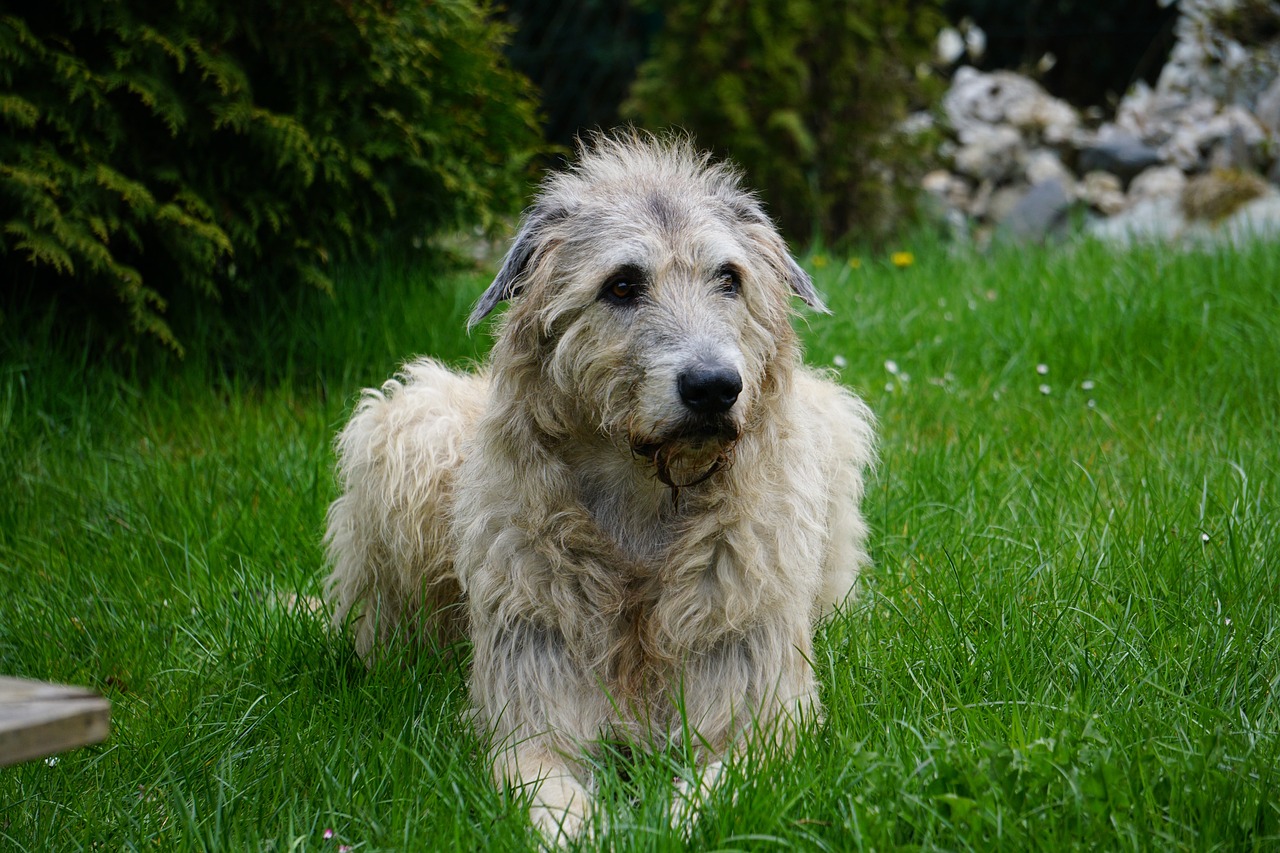 Shutterstock
Shutterstock
As the tallest dog breed, the Irish Wolfhound can reach heights of up to 34 inches at the shoulder. These dogs were originally bred to hunt wolves and deer, but today, they are known for their gentle and easygoing nature. Despite their large size, Irish Wolfhounds are not particularly high-energy dogs, but they do need daily walks to maintain their health. They have a relatively short lifespan compared to smaller breeds, so it’s important to keep them on a healthy diet and monitor their weight closely to avoid putting strain on their joints.
Leonberger
 Shutterstock
Shutterstock
Leonbergers are a regal breed with a lion-like mane and a friendly, social nature. Weighing up to 170 pounds, these dogs are known for being excellent family companions, especially in homes with children. They are also highly intelligent and excel in activities like search and rescue or agility training. Due to their size and thick double coat, regular grooming is necessary to prevent matting and keep their coat healthy. Leonbergers also require consistent exercise to prevent obesity, but they are generally easy to train and respond well to positive reinforcement.
Great Pyrenees
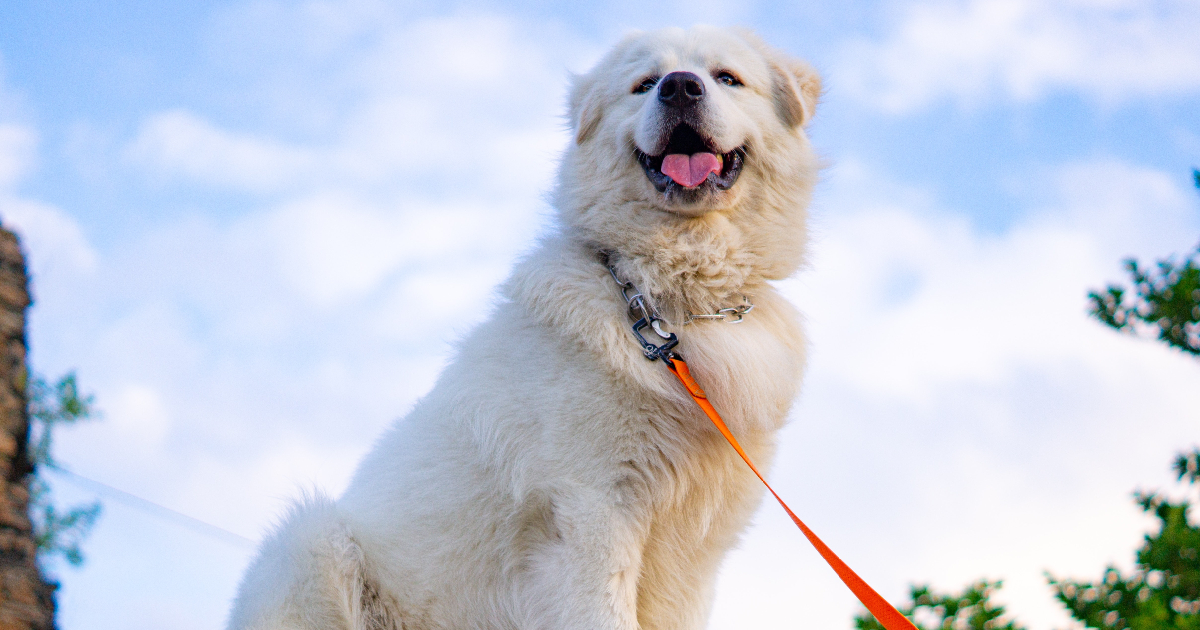 Shutterstock
Shutterstock
The Great Pyrenees is a strong, independent dog originally bred to guard livestock in mountainous regions. They are known for their protective nature and calm demeanor around their families. However, their thick, weather-resistant coats require regular grooming to prevent matting. While they can be somewhat stubborn, they are also very loyal and form strong bonds with their owners. These dogs require a large yard or open space to roam, and while they don’t need intense exercise, they do benefit from daily walks to keep them healthy.
Bernese Mountain Dog
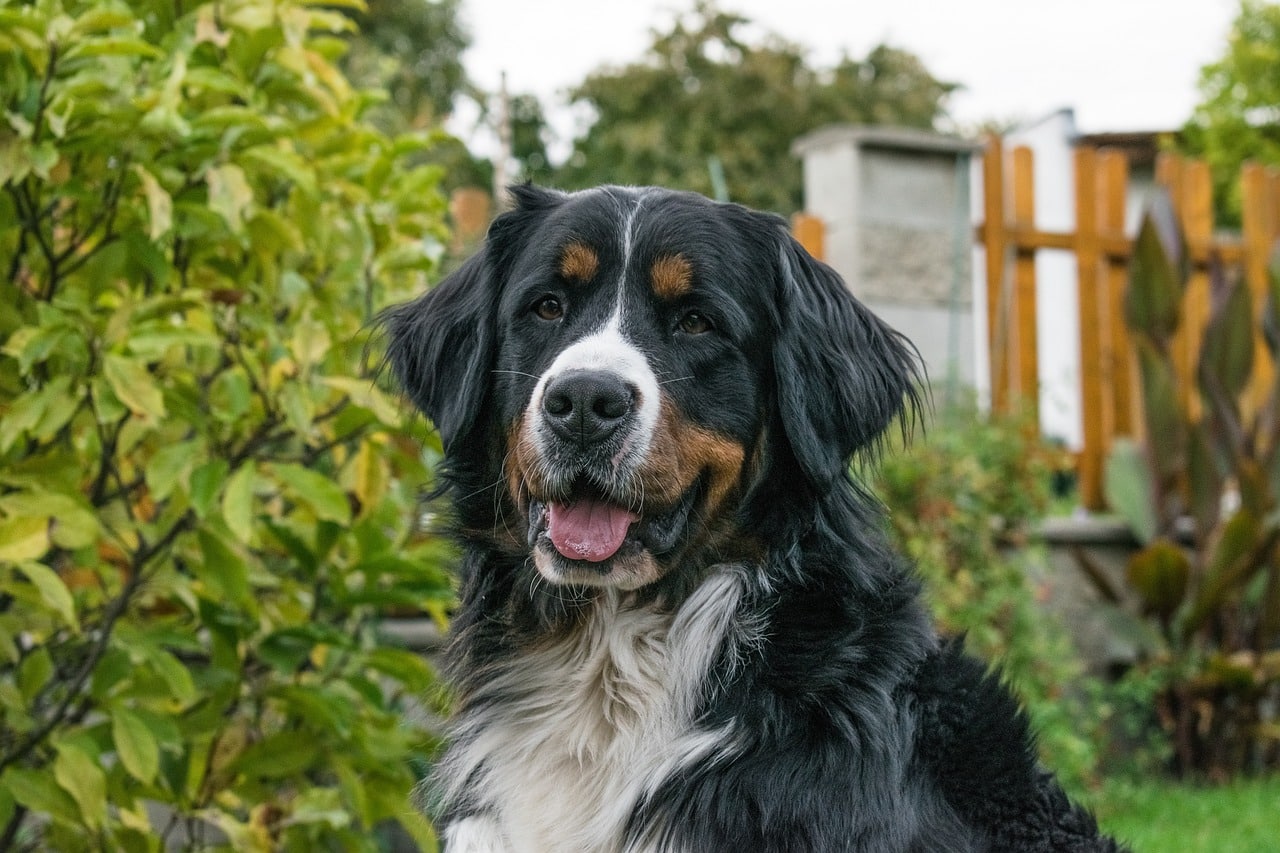 Shutterstock
Shutterstock
Bernese Mountain Dogs are large, sturdy dogs that were originally bred to work on farms in Switzerland. Known for their calm, friendly nature, these dogs make excellent family pets, particularly in homes with children. However, they can weigh up to 115 pounds, so proper diet and exercise are crucial to prevent obesity. Their thick coats also require regular grooming, particularly during shedding season. Bernese Mountain Dogs are intelligent and eager to please, making them relatively easy to train, but their large size means they need plenty of space to move around comfortably.
Tibetan Mastiff
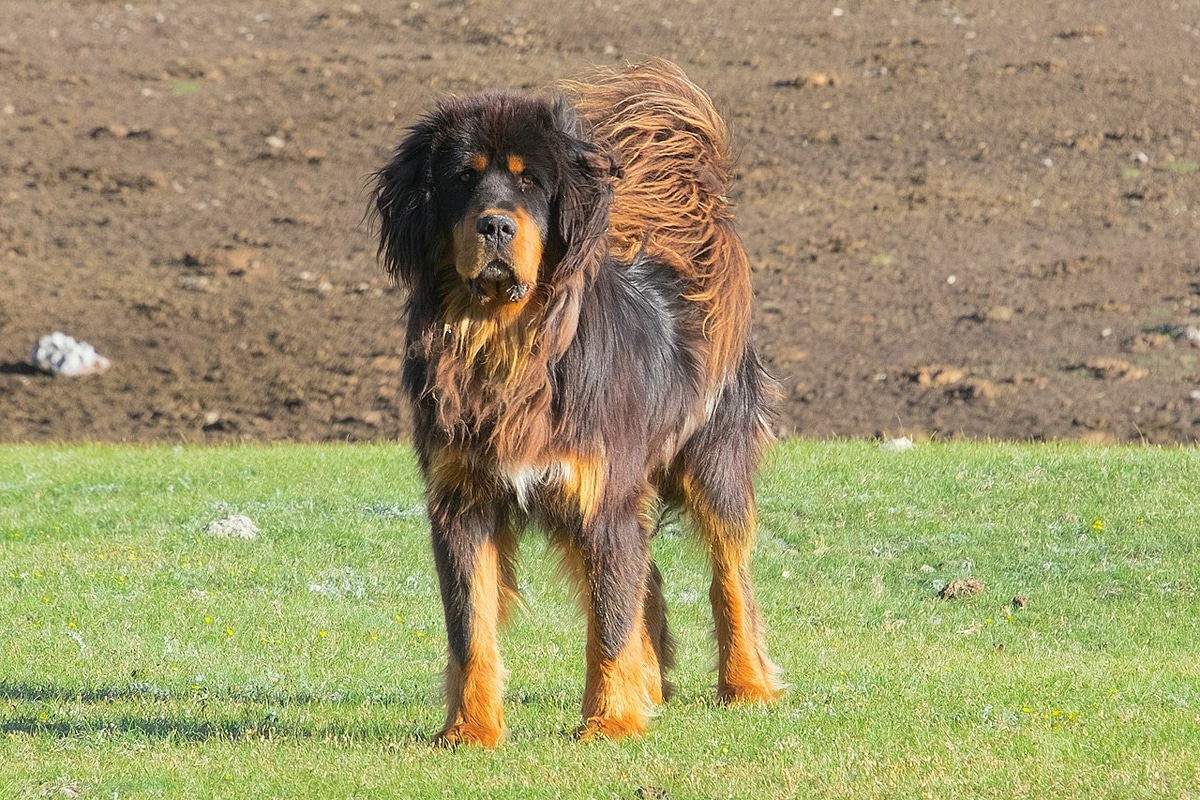 Shutterstock
Shutterstock
The Tibetan Mastiff is an ancient breed known for its protective instincts and massive size. Weighing up to 150 pounds, these dogs were originally used to guard livestock in the Himalayas. While they are loyal and protective, Tibetan Mastiffs can be independent and territorial, requiring consistent training and socialization from a young age. They have a thick, double coat that sheds seasonally, so regular grooming is necessary. These dogs do not require intense exercise but need a secure, spacious yard to roam and patrol. Their independent nature makes them best suited for experienced dog owners.
Anatolian Shepherd
 Shutterstock
Shutterstock
Anatolian Shepherds are large, powerful dogs bred to guard livestock in Turkey. Weighing up to 150 pounds, these dogs are independent and highly protective, making them excellent guard dogs. They require a lot of space and do best in homes with large yards or open land. Anatolian Shepherds are known for being territorial, so early socialization and consistent training are crucial. While they are not particularly high-energy, they do need regular exercise to stay fit. Their short coat requires minimal grooming, making them relatively low-maintenance in terms of grooming needs.
Dogue de Bordeaux
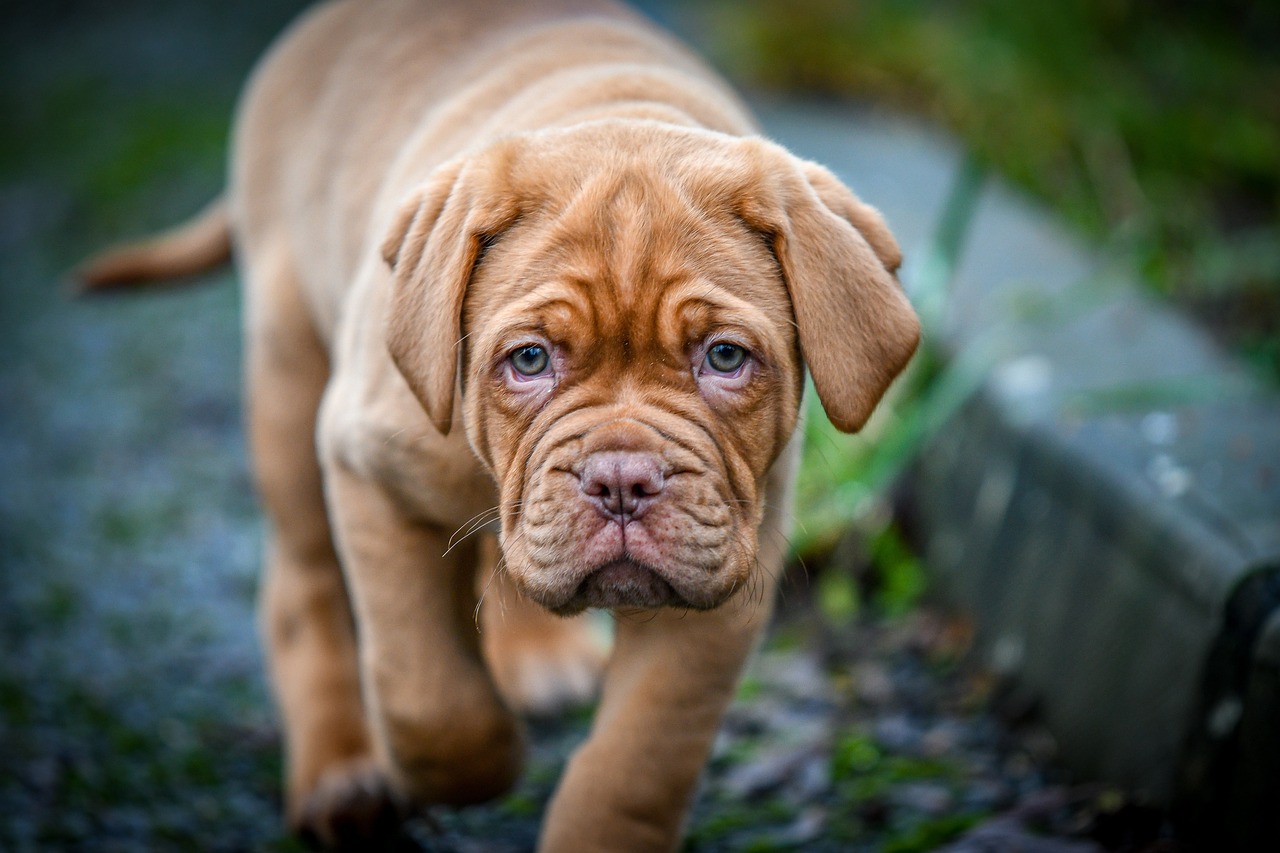 Shutterstock
Shutterstock
The Dogue de Bordeaux, also known as the French Mastiff, is a powerful and muscular breed known for its loyalty and protective nature. These dogs can weigh up to 150 pounds and have a calm, affectionate demeanor with their families. However, they are prone to obesity, so it’s important to provide a balanced diet and regular exercise. Their short coat requires minimal grooming, but their wrinkled face needs regular cleaning to prevent infections. Early training and socialization are essential for managing their protective instincts, especially in homes with children or other pets.
Kuvasz
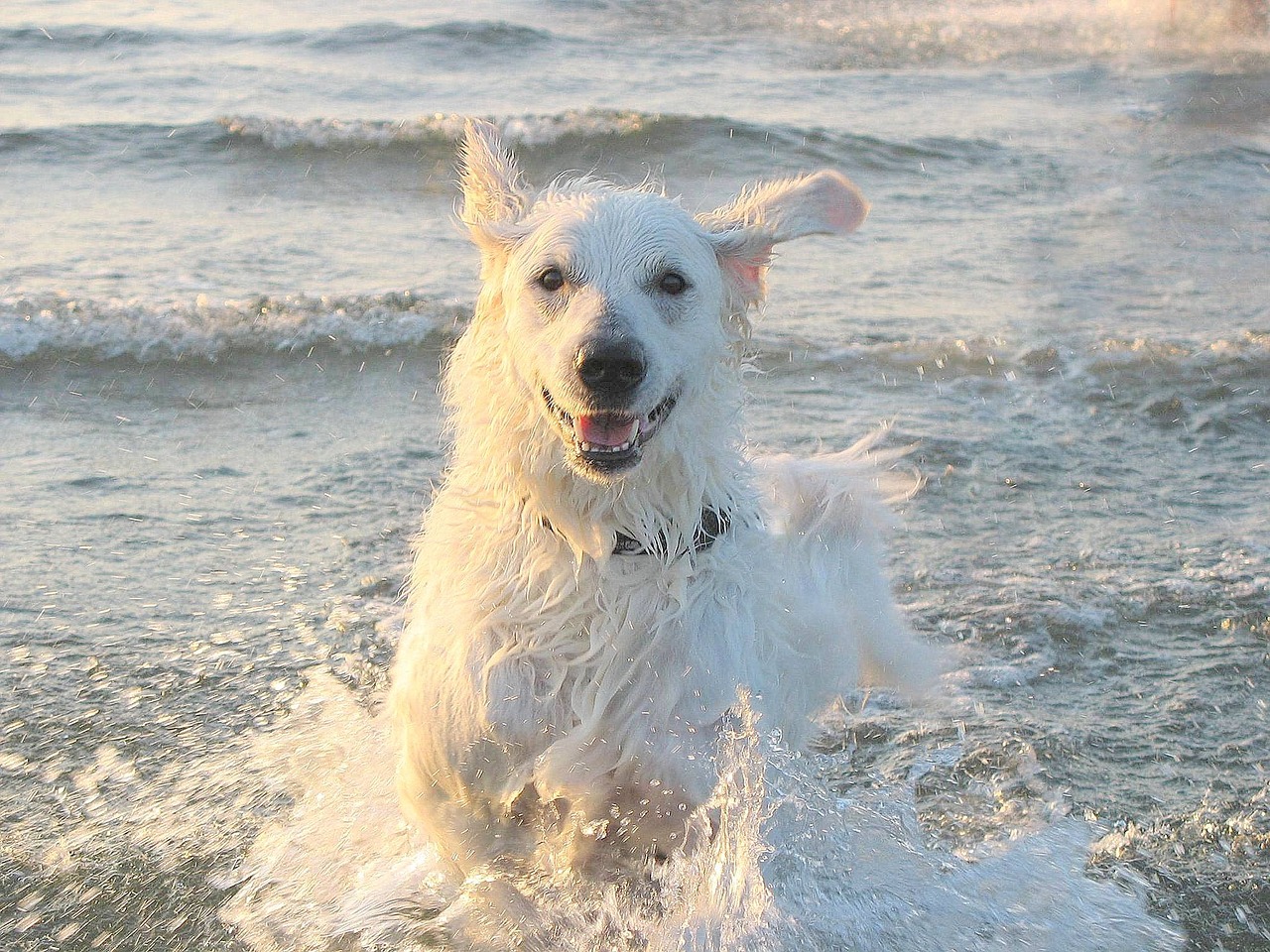 Shutterstock
Shutterstock
The Kuvasz is a large, white-coated dog originally bred to guard livestock in Hungary. Known for their independence and protective instincts, Kuvasz dogs require early socialization and consistent training. They can weigh up to 115 pounds, so managing their diet and providing regular exercise is important to prevent obesity. Their thick coat requires regular brushing to keep it clean and free from mats. While they are loyal and protective, Kuvasz dogs can be wary of strangers, making them excellent watchdogs. However, they need a lot of space and are best suited for homes with large yards.
Neapolitan Mastiff
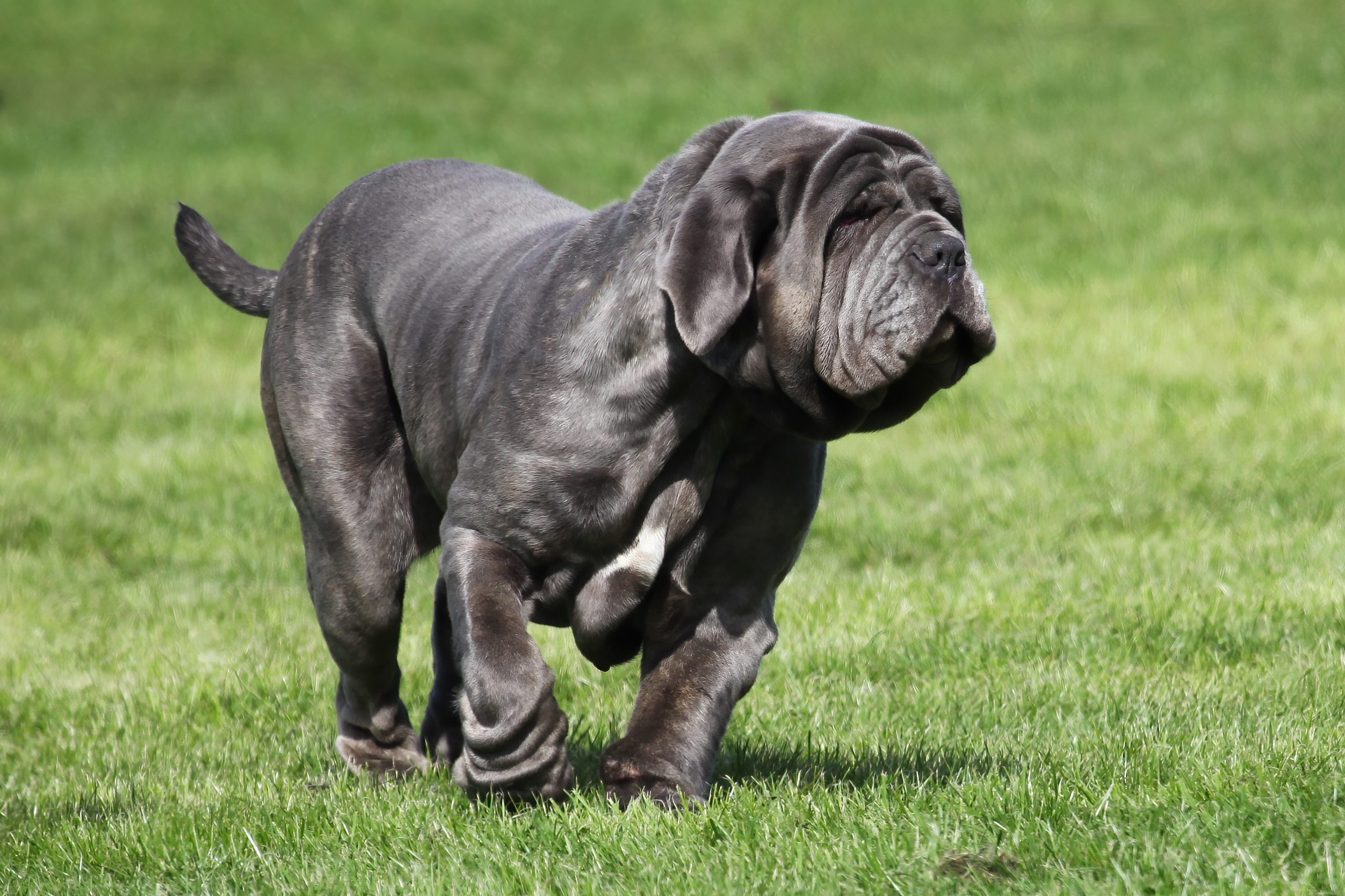 Shutterstock
Shutterstock
The Neapolitan Mastiff is a massive, wrinkled breed known for its protective instincts and loyalty. These dogs can weigh up to 150 pounds and have a calm, steady temperament, making them excellent guard dogs. Their distinctive wrinkled skin requires regular cleaning to prevent infections, and their short coat sheds minimally. Neapolitan Mastiffs are prone to joint issues, so it’s important to maintain a healthy diet and avoid overfeeding. While they do not require intense exercise, regular walks are necessary to keep them healthy. Early socialization and training are essential to manage their protective nature.
Boerboel
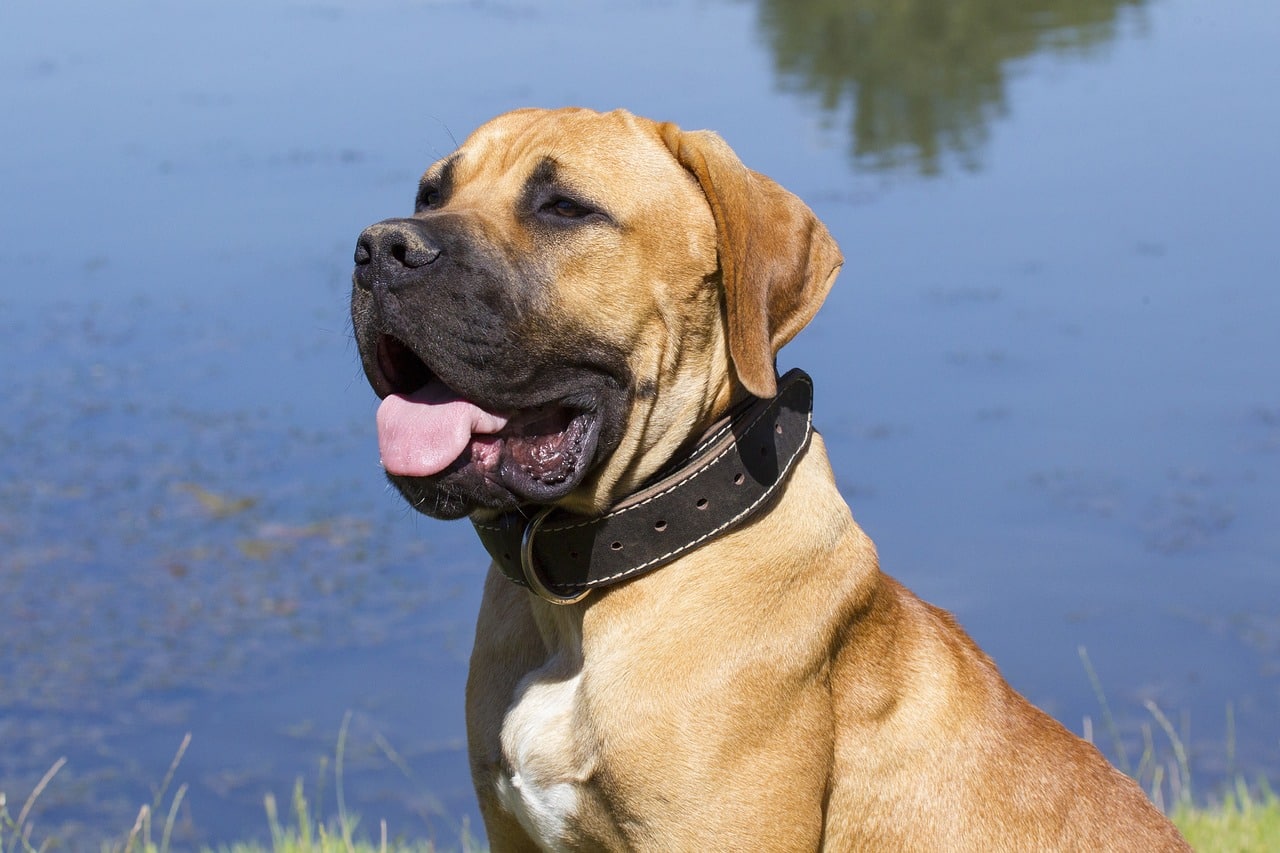 Shutterstock
Shutterstock
Boerboels are large, powerful dogs originally bred to guard farms in South Africa. Weighing up to 200 pounds, these dogs are known for their loyalty, confidence, and protective instincts. Boerboels require consistent training and socialization from a young age to ensure they are well-behaved and manageable as adults. Due to their size and strength, they need a confident owner who can provide firm leadership. Boerboels require regular exercise to stay fit, but their short coat is relatively low-maintenance, only requiring occasional brushing.
Cane Corso
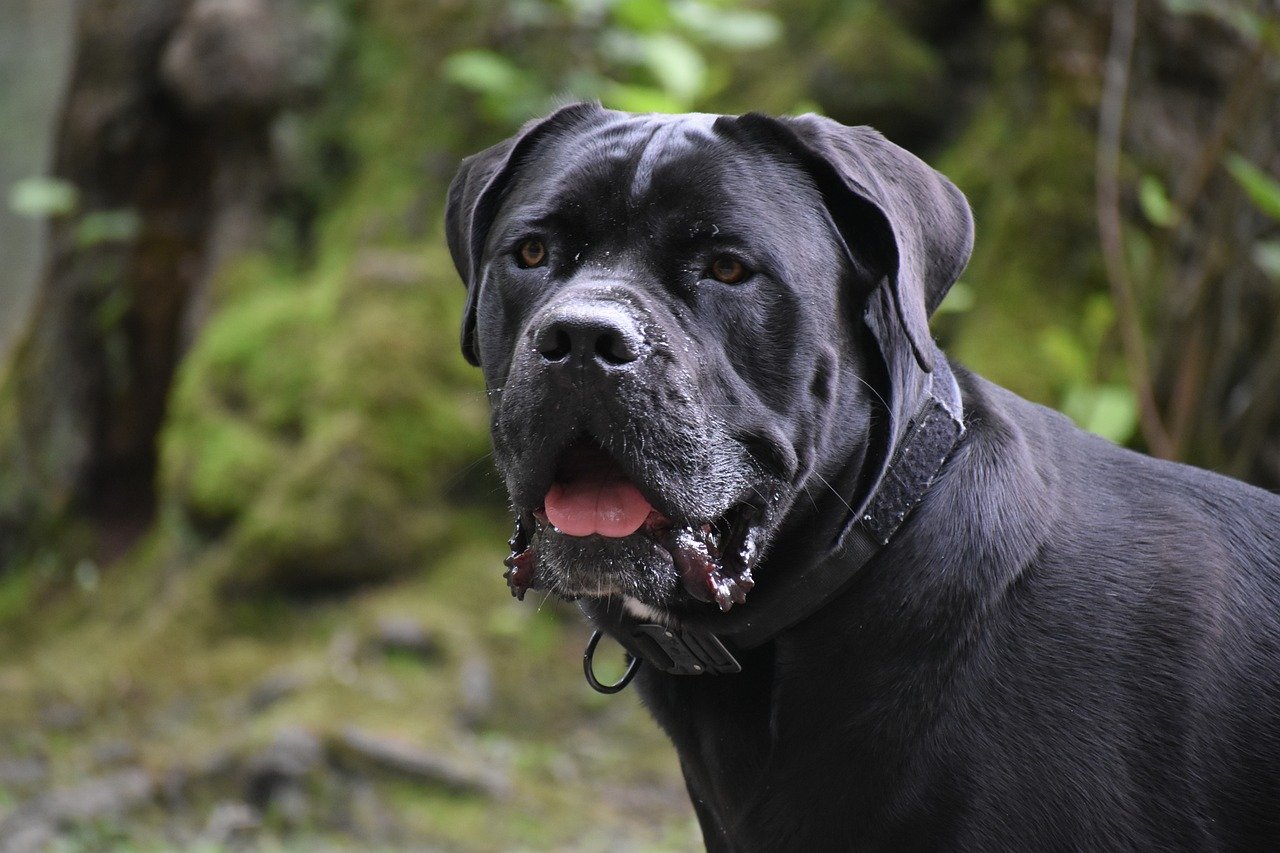 Shutterstock
Shutterstock
The Cane Corso is a muscular, athletic breed known for its protective instincts and intelligence. These dogs can weigh up to 110 pounds and are highly trainable, making them excellent working dogs and guard dogs. Cane Corsos require regular exercise to maintain their strength and energy levels, and they thrive in homes where they can have a job or task to do. Early socialization and consistent training are crucial for managing their protective instincts, especially in homes with children or other pets. Their short coat is easy to care for, requiring minimal grooming.
The Importance of Understanding Large Dog Breeds
 Shutterstock
Shutterstock
Large dog breeds bring unique joys and challenges to pet ownership. Their size often comes with increased needs for space, exercise, and training, but they also offer unparalleled loyalty and companionship. It’s important to understand the specific needs of each breed to provide the best care possible. Whether you’re drawn to their majestic appearance or their calm, protective nature, owning a large dog breed requires commitment and understanding. With the right care and attention, these dogs can become beloved members of the family and trusted companions for years to come.
 Toledo, United States.
Toledo, United States.